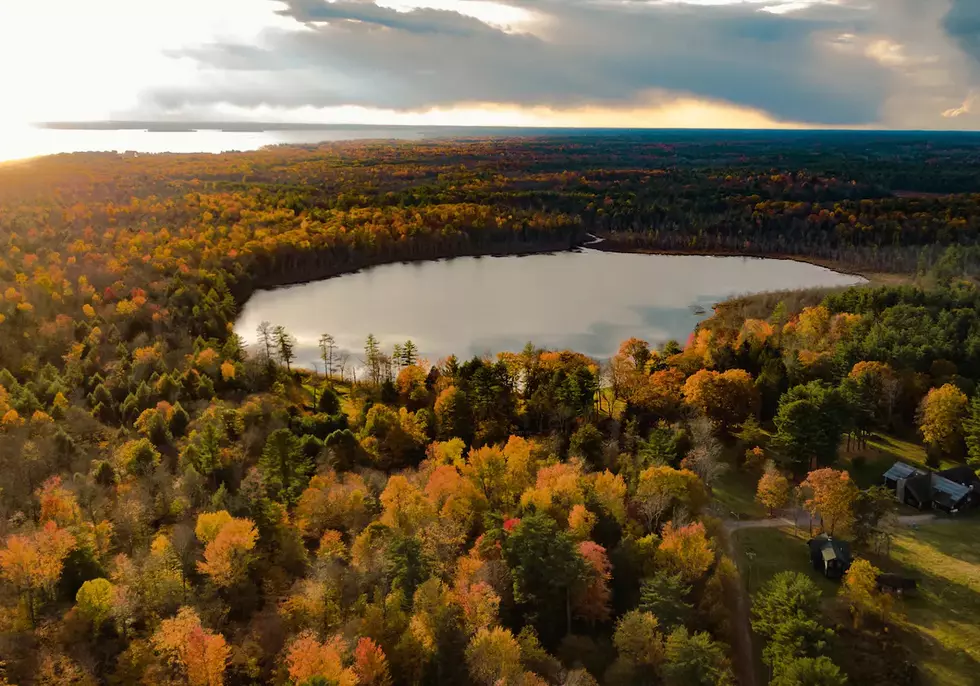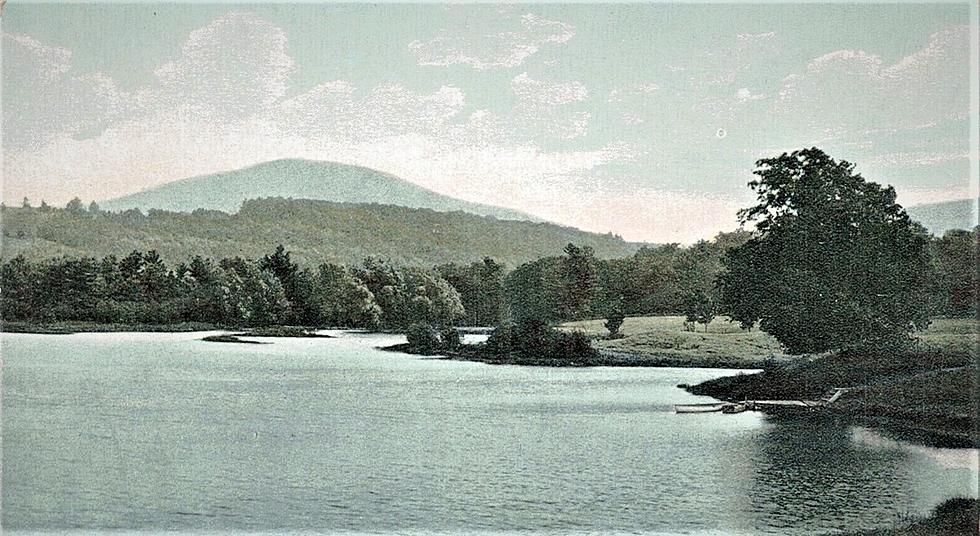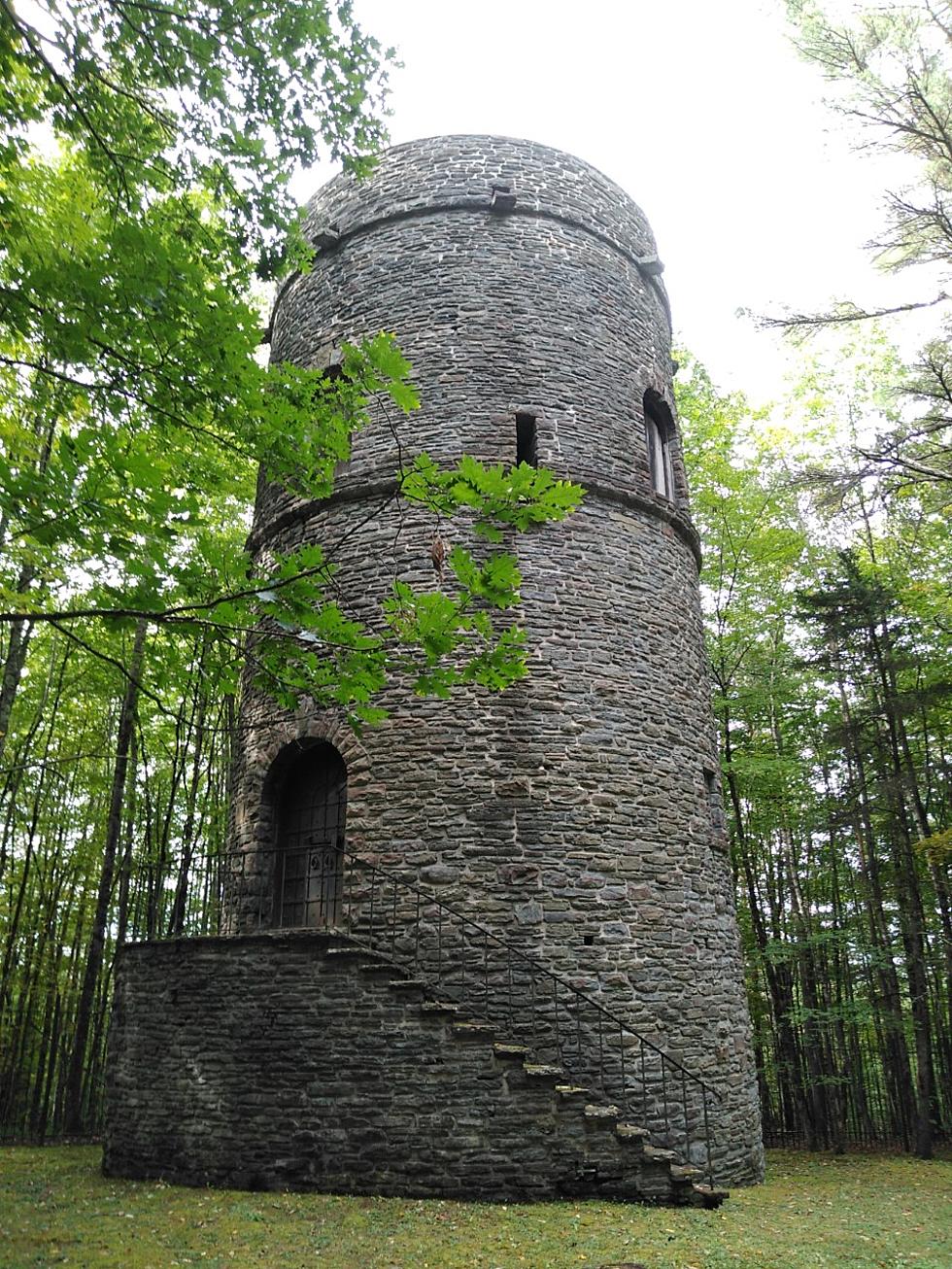
These Five Upstate Hikes Are New York’s Deadliest
New York state has some of the most beautiful nature in the United States. For hundreds of years, vacationers from around the world have come for all four seasons in Upstate New York. Many take to the trails when they're here. But some trails have proven more dangerous than others. Here are NY's most deadly hikes.
Note: This is not a condemnation of nature; this is a reminder that even experienced hikers can make deadly mistakes on relatively easy trails. Go see New York, but always be aware of yours surroundings, dress properly, follow posted signs, and be careful!
Wintergreen Park
This Upstate destination has the beautiful Canajoharie Falls and a New York-famous 20’ water hole known as “Boiling Pot.” The Canajoharie trail itself isn’t particularly difficult, at 1.2 miles out-and-back, but the danger at Wintergreen starts when thrill seekers leave the trails.
The creek and rocks around the top of the falls and the deep water below are very slippery. The area has also had a history of deadly accidents from cliff diving tourists. A hidden stone ledge as the base of the falls has claimed numerous lives over the years of those that ignored numerous warning signs. The most recent death was in 2012, when a 25-year-old jumped into the pool at the base of the falls and never came back up.
Because of its deadly stigma, the park and its trails were further neglected until Canajoharie residents said enough. They took the opportunity during COVID-lockdowns and beyond to clean and renovate Wintergreen Park, making the trails safer, better marked, and more protected from any drop-offs.
Adirondack High Peaks
Not limited to just one trail, the Adirondack High Peaks make up the 46 tallest mountains in the Adirondack Park. These hikes draw thousands of nature lovers from across the Northeast every year for their spectacular views. Of those thousands, at least a few will need extensive search and rescue operations, and unfortunately, some won’t come back at all.
If you Google “Adirondack High Peaks Deaths,” you’ll find far too many examples of how dangerous these trails can be. Some have died from overexertion via heart attacks, some get lost in the deep woods and don’t find their way out, and some fall hundreds of feet off steep embankments.

The deadliest time of year in the Adirondacks is winter. There’s a genuine risk of hypothermia – several campers have frozen to death on trails – even as late in the season as March. In March of 2022, a suspected avalanche killed a Connecticut man during a snowstorm.
Even rescues where the victims live are extremely hazardous, and put DEC workers in harm’s way. In February 2018, 34 rangers and 12 volunteers mounted a rescue operation for a novice hiker that slipped off Saddleback Mountain and broke both of his legs.
Salmon River Falls
Salmon River Falls might be the saddest inclusion here. By all logic, this trail should not be on the deadliest list, but the 110-foot waterfall has caused five deaths since 2002. This Oswego County trail is another case of hikers not keeping to the trails - each victim strayed from the path for cliff jumping or sightseeing.
There is even a fence between the trail and the top of the falls, but people still climb over it and jump or slip to their deaths. Maybe it’s overconfidence, but physical ability is not enough to protect. In July of 2020, a 24-year-old standout athlete died jumping from the top of the falls into the water below where he drowned.
Plotter Kill Preserve
This 632-acre nature preserve in Schenectady County is a great Capital Region escape, but still proves a threat to hikers. Rescue crews are called in fairly regularly to save those that get severely injured or lost on the grounds, ravines, or near Plotter Kill’s three waterfalls.
In 2015, a Clifton Park teenager and her boyfriend were hiking a narrow trail at the top of one of those waterfalls. It had stormed the day before and they lost their footing on the rain-soaked terrain and fell over the side. While the boyfriend only suffered minor injuries, the girl died from her injuries after being airlifted to a hospital. Both were wearing proper hiking attire. It was the first death in Plotter Kill since 1993.
Since then, authorities have spent hundreds on more safety markers and curbing off “unofficial trails” made by unscrupulous explorers.
Kaaterskill Falls
This is New York's deadliest trail. In the last 200 years, more than 200 deaths have been recorded. This number can be attributed to Kaaterskill's larger than average amount of tourists, who come to see the two-tiered waterfall.
State forest rangers say that social media has led to an uptick of deaths, as the majority of falling deaths occurred while the victims were posing for a picture or trying to take a selfie. Another contributing factor is how many visitors come ill-prepared for the trail - usually in sandals or flip-flops.
This is another trail you should be extra careful on in winter. Many have slipped on ice at the upper tier and plummeted 167 feet to the rocks or water below. Because of the Falls' popularity, New York state has poured $1.5 million into making the trail safer in recent years.
Most Dangerous, Non-Deadly: Devil’s Path
If you couldn’t tell by the name, Devil’s Path is no joke. This 20+ mile Catskills trail isn’t just considered one of the most difficult in New York, but one of the most difficult on the entire East Coast. Even expert hikers have trouble finishing Devil’s Path in a day. Surprisingly, there are no known deaths on Devil's Path - maybe because of the barrier to entry.
The most immediate danger comes from the terrain: the trail has numerous dramatic inclines and declines that require more mountain climbing skill than hiking. Devil’s Path touches seven of the Catskills High Peaks: Indian Head, Twin, Sugarloaf, Plateau, Hunter, West Kill, and Saint Anne’s.
Weather can produce a lot more challenges. Snow and ice stick around on the trail until May, and summer dries up most of the creeks, limiting water access. There are a few campgrounds and lean-to sites to make camp or refill, but you’ll need to take lots of water with you. Experts recommend starting at dawn and only hiking in good weather.
Are These 1859 Photos The First Taken Of The Catskills?
The 11 National Parks Closest To Upstate New York
More From Big Cat - WBKT-FM







